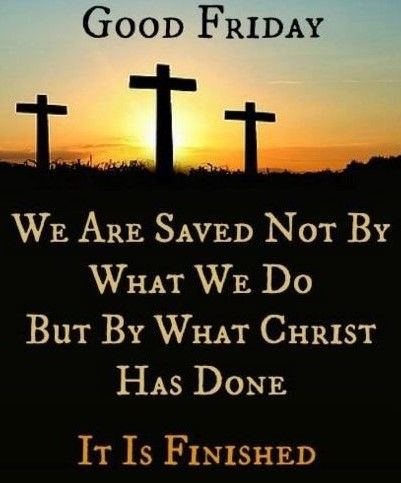
Good Friday
This content is restricted to site members. If you are an existing user, please log in. New users may register below.
Calvary, crucifixion, earthquake, Good Friday, Jesus Is Crucified, Judas Iscariot, Pilate, Sanhedrin

This content is restricted to site members. If you are an existing user, please log in. New users may register below.
Calvary, crucifixion, earthquake, Good Friday, Jesus Is Crucified, Judas Iscariot, Pilate, Sanhedrin